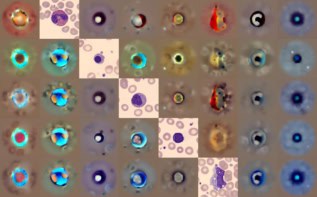By James Dacey

When you think about the types of scientist involved in the study of cancer you probably wouldn’t immediately think of physicists. But a burgeoning field of research referred to as the “physics of cancer” is seeing physical scientists bring new tools and fresh perspectives to this most complicated of diseases. The July issue of Physics World – which can be downloaded for free – is a special issue that looks at some of the most fascinating experimental and theoretical work in this field.
After taking a look at the issue you might want to take part in this week’s Facebook poll:
What is the greatest asset a physicist could bring to our understanding of cancer?
Fresh pair of eyes on a longstanding problem
Ability to identify key variables within a complex system
Focus on physical properties such as forces and fields
Other (please suggest as a comment here or on our Facebook page)
To take part please visit our Facebook page.
In last week’s poll we asked you whether or not you thought Voyager 1 has left the solar system yet. The question was sparked after three papers published in Science last week described how the NASA spacecraft had entered a distinct section at the edge of the solar system last August. In our poll 69% of respondents believe that Voyager 1 has subsequently entered interstellar space, whereas 31% believe it is still within our solar system.
If you’re already a member of the Institute of Physics, you can access the Physics of Cancer issue through the digital version of the magazine or by downloading the Physics World app onto your iPhone, iPad or Android device, available from the App Store and Google Play respectively. The digital issue also contains a series of special Physics World videos on fighting cancer with physics.



